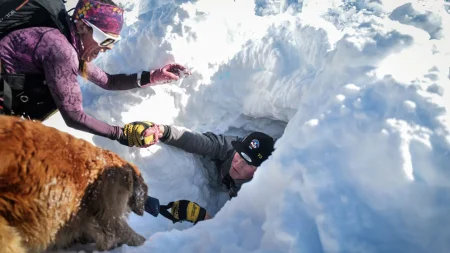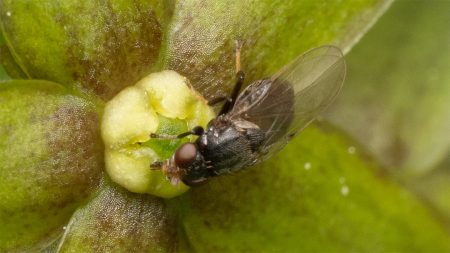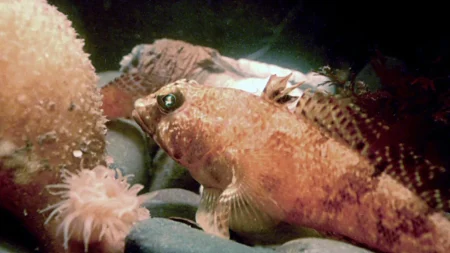Iceland’s First Mosquitoes Face Winter Challenge in Historic Arrival
In a remarkable development that marks the end of Iceland’s status as one of the last mosquito-free places on Earth, the island nation recently confirmed the presence of its first mosquitoes. In mid-October, local resident Björn Hjaltason captured three Culiseta annulata mosquitoes—two females and one male—using a red wine-soaked ribbon near Reykjavík. This historic discovery, announced by the Natural Science Institute of Iceland on October 21, leaves Antarctica as the only continent without these ubiquitous insects.
The arrival of mosquitoes in Iceland is particularly notable given that humans have been traveling to the island for thousands of years without any documented mosquito presence. While the exact number of C. annulata in Iceland remains unknown, the institute suggests human transportation was likely responsible for bringing them to the island. Previous instances of mosquitoes arriving via airplanes never resulted in established populations, but the discovery of both male and female specimens suggests these newcomers could potentially reproduce if they survive the coming winter.
Experts like Jessica Ware from the American Museum of Natural History believe this development may be linked to climate change. “The fact that they didn’t come to Iceland before, and now they are, makes me think it’s from the climate,” Ware notes. This theory aligns with broader patterns of mosquito range expansion observed globally. The Arctic region is warming approximately four times faster than the global average, and Iceland experienced record-breaking heat this year, potentially creating more hospitable conditions for these insects to establish themselves.
The question now is whether these mosquito pioneers can withstand Iceland’s challenging winter conditions. Despite being relatively mild for its northern latitude, Icelandic winters feature near-freezing temperatures with significant wind and snowfall. However, the Natural Science Institute suggests C. annulata adults might be well-equipped to survive these conditions, as they’re already widespread across Northern Europe, including Sweden and Finland. These mosquitoes typically overwinter as adults by seeking shelter in caves, basements, barns, and other structures—a strategy that could prove effective in Iceland.
There is some consolation for Icelanders facing this new reality: Culiseta annulata is considered more of a nuisance than a health threat, as it doesn’t transmit human pathogens. Still, ecologist Kelsey Lyberger from Arizona State University points out that the establishment of a permanent population remains uncertain. “If it just so happens that those three individuals don’t make it, or the really small number of individuals that have made it over there don’t survive or don’t reproduce, well, there goes your population,” she explains. One potential challenge for mosquito survival in Iceland is the island’s multiple freeze-thaw cycles throughout the year, which could endanger adults emerging from winter hideouts.
If mosquitoes do successfully establish themselves in Iceland, they might not be the only insects to follow. Ware describes such insects as “climate canaries” and suggests that predators like the Emperor dragonfly (Anax imperator), which feed on mosquitoes, might also expand their range to Iceland. “I wouldn’t be surprised if you start seeing dragonflies that have changed their ranges dramatically in other parts of northern Europe,” she notes. This potential cascade of ecological changes highlights how climate shifts can reshape ecosystems in unexpected ways, turning even long-standing biological barriers like Iceland’s mosquito-free status into historical footnotes.













